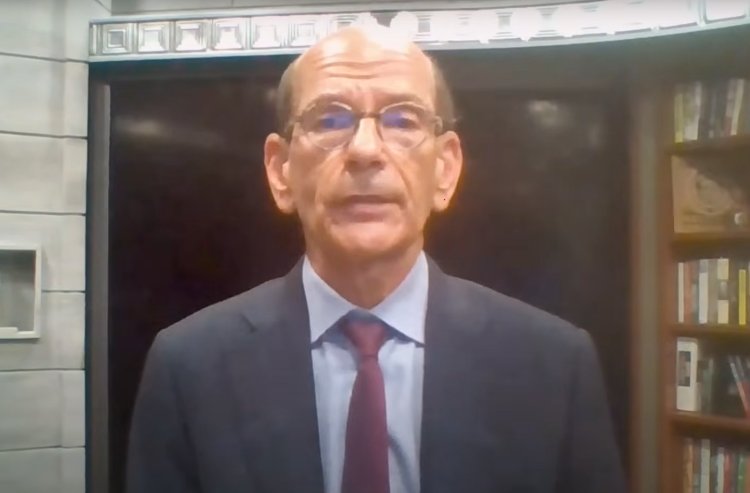Did Finebaum Influence Nick Saban’s Rant About Jimbo Fisher Buying Players?
Did Paul Finebaum influence Nick Saban's rant about Texas A&M buying players? Discover how a conversation with the SEC Network analyst may have led to Saban's controversial comments.

In May 2022, then-Alabama coach Nick Saban made headlines with a bold statement: “A&M bought every player on their team.”
This comment caused a huge uproar across the college football world. But what led Saban to say this?
Paul Finebaum, an analyst for the SEC Network, may have played a part. Finebaum discussed this on AL.com’s "Beat Everyone" podcast while talking about his relationship with Saban, which he described as “good, but tested.”
Finebaum explained that early in Saban’s career, the coach chose two people from every field he respected, including college football. For football, those people were Finebaum and the late Cecil Hurt, a sports editor at "The Tuscaloosa News."
A few weeks before Saban’s comment about Texas A&M, Saban tried to call Finebaum. Finebaum missed the call because it was blocked, but later found a voicemail from Saban asking him to return the call. Finebaum called Saban’s office and was told the coach was in a meeting. He joked with the assistant not to interrupt Saban, referencing Alabama’s recent loss to Georgia in the national championship game, a joke that didn’t land well.
When Saban finally got on the phone, he launched into a long rant about the new NIL (Name, Image, Likeness) rules. Finebaum listened but didn’t agree with Saban’s complaints, which frustrated the coach.
A couple of days later, Saban complained to a mutual friend that Finebaum wouldn’t agree with him. Saban even called ESPN’s Stephen A. Smith, who supported his views, unlike Finebaum.
Two weeks later, at an event in Birmingham, Saban publicly criticized Texas A&M’s recruiting practices, claiming they "bought every player" with NIL deals. He compared their top-ranked recruiting class to Alabama’s, which ranked second and said Alabama didn’t "buy" any players.
This moment became a big controversy in college football history.







